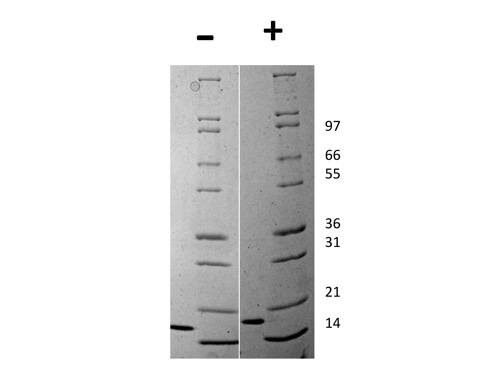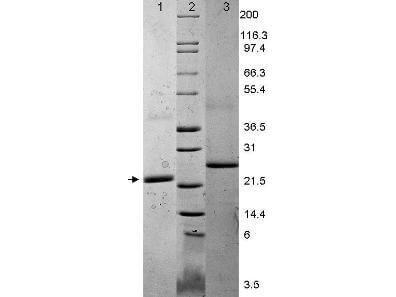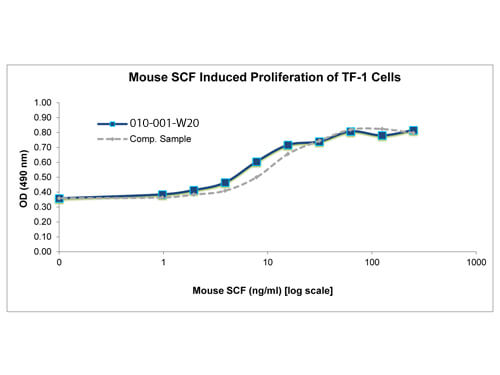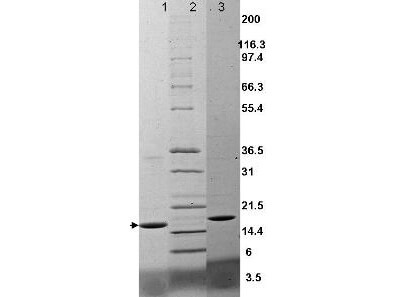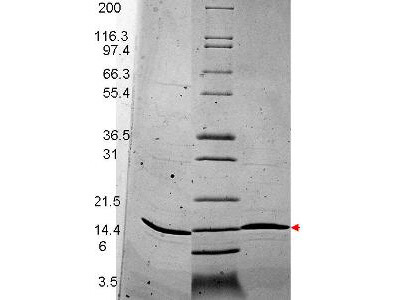Cytokines and Growth Factors
Dive into our dedicated category of cytokines and growth factors, essential cell-signaling proteins that play critical roles in cellular communication, growth, and development. This selection encompasses a meticulously curated collection of high-purity proteins tailored for the scientific investigation of these essential signaling molecules. Whether you're delving into disease mechanisms, cellular responses, or tissue regeneration, our offerings are designed to facilitate research with precision and consistency.
- Broad applicability: Ideal for diverse assays and cell culture applications
- Disease research: Key tools for understanding pathological processes
- Consistent quality: Rigorously tested to ensure reliable, reproducible results
Product Categories
Species of Origin
Conjugation
Applications
Type

